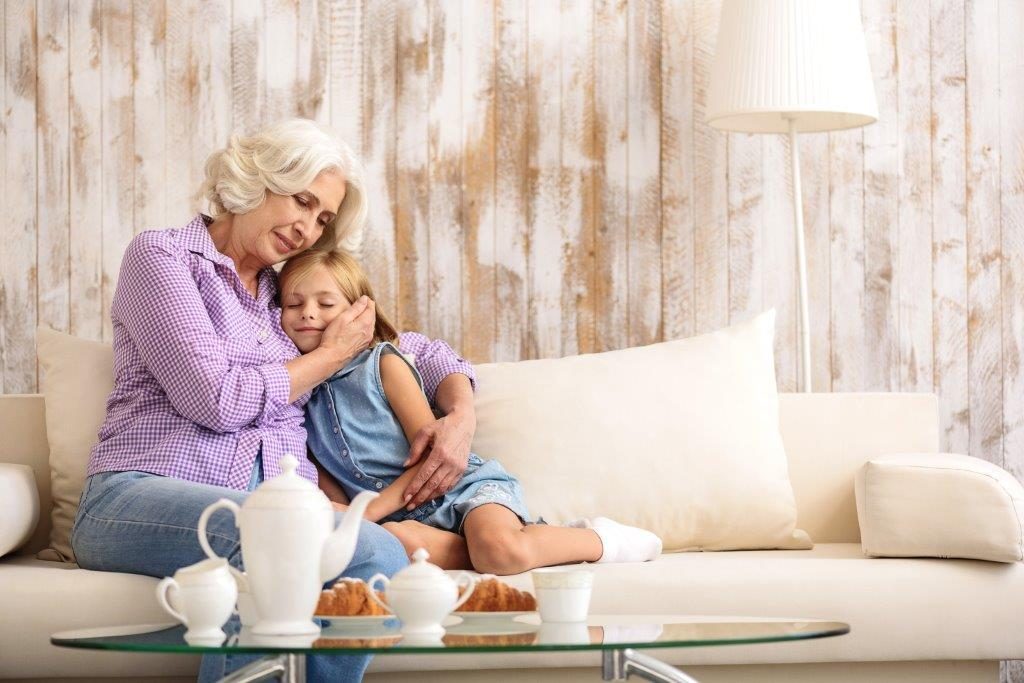
Regardless of our ages and where we are in life when we realize we are aging, all of us age in place
Don’t look for aging in place to be an observable or notable event or episode. This is not something that happens that we record on our calendar to be celebrated after that on the anniversary of its occurring. It is much more subtle and fluid rather than a specific event.
Instead of being an observable or noticeable event, aging in place is a process – something that begins at birth and continues throughout our lifetimes. This is true even if we aren’t aware of it or don’t choose to recognize it. It happens anyway. We don’t have to acknowledge it for it to be a real occurrence. It happens regardless.
Therefore, the best way of approaching aging in place is to recognize its existence and influence on our lives and to embrace it. However, some people will do this, but many do not. Some even rebel against the aging process.
Ignoring the aging process or refusing to take the necessary steps or precautions to age well in our homes does not negate aging in place as a natural occurrence or suspend its impact. It just means that the people who are practicing procrastination or denial are making matters more complicated and complex for themselves than they need to be doing.
Because aging in place is not a specific event that happens but a continuous lifelong process, our needs and requirements are going to vary over time, and no two people -even those living in the same home – are going to have precisely the same interests in modifying or accommodating their homes to meet their daily activities.
Siblings, spouses, roommates, or neighbors – those who live in the same dwelling or next to each other don’t necessarily share the same worldview, tastes in colors or styles, or have the same physical abilities. Some may have been born with certain limitations, some may have had life-altering injuries or illnesses, and some may have developed age-specific conditions. Again, no two individuals age the same way or experience life the same. All are different – some more than others.
In the way that no two individuals share the same needs as they age in their homes, those homes likewise are different from one to the next. They have been built at different time, by different companies, and include different layouts and features. Even those homes built at the same time by the same company will differ because they will have included slightly different features, or they will have been modified and personalized over the years to accommodate the owners at that time.
Homes will have different paint colors, flooring, wallpaper, countertops, cabinets, appliances, furnishings, and more as desired and changed by those living in the home. Homes existing side-by-side that might even appear identical on the outside will be different on the inside – different in physical appearance, aesthetics, and the way they are used.
Some homes will have undergone renovations while others may look essentially as they did when they were new. Some are going to have had additions, layout changes, or new or updated kitchens or baths, or both. Light fixtures, flooring, and wall finishes may have remained fairly constant over the years – possibly the very same – but likely there will have been some changes.
So, just as houses have changes to meet the needs and desires of people living in them to continue to appeal to how they would like to experience their appearance and feel comfortable in their surroundings, our needs with respect to navigating and remaining in those homes are also subject to changes. We won’t all age the same so we can’t have a prescriptive approach to aging in place designs that is going to apply to the marketplace. It’s going to be on a case-by-case basis, and it’s going to depend on what people do or do not choose to have done in their home to help those living spaces be more suitable to them in their passing years as they remain in those homes and age in place.
There are many reasons that people choose to remain in their current homes and age in place including the fact that they like their current homes. Thus, they don’t get up one morning and have a revelation that they need to begin planning for how they are going to remain living in their home from that point onward. They may have given it some thought, and they may have begun to make changes along the way to accommodate their changing needs and desires. It likely is not a special time when they arrive at the decision to remain in their home and then begin making large scale changes to their dwellings.
Aging in place is a lifelong event, a process. It does not have a defining moment. Therefore, anything we do along the way to make our homes more suitable – and certainly anything we can do for our clients – enhances this continuum.
